An industrial robot arm is defined as a mechanical mechanism consisting of at least three axes used to automate manufacturing processes therefor eliminating or reducing the need for human interaction. Robotic arms automatically perform production related tasks through programming or through guidance with a robotic vision system.
Industrial robot arms have become quite common along production lines. While they got their start in the automotive industry, advancements in technology has led to more industries adopting industrial robots including the pharmaceutical, food, and aerospace industries. Robot arms have become vital to manufacturing, with the ability to automate numerous applications. Industrial robot arms can automate welding, painting, assembly, material handling, material removal, palletizing, inspection, among others. Many robotic arms have multi-application capabilities, allowing for one robot to complete several steps in a manufacturing process. For example, the FANUC M710ic can be used for automated material handling, robotic part transfer, and material removal tasks.
Industrial robot arms are designed to operate with a range of motion that mimics or is similar to the human arm. As mentioned above, there are many different types of robots and a robotic arm must have at least three axes to be considered industrial. Industrial robots can have ten or more axes, but the most common ones used in manufacturing consist of four to six. The number of axes a robot has determines the degrees of freedom or how much range of motion it will be capable of. The more axes a robot has, the greater its range of motion. Six-axis robots are the most popular for manufacturing since their range of motion is the most similar to a human’s. The FANUC R2000ib is one of the most widely deployed six-axis robots.
The majority of robotic arms feature a single arm design that is connected to a rotating base, this design is what is referred to as an articulated robot. Articulated robot arms consist of a shoulder, elbow, forearm, and wrist joints. Robot arms are built to be incredibly durable, being made of either steel or iron for the ability to tolerate hazardous conditions or heavy lifting applications. The robot wrist attaches to the end-effector, which is the tooling that interacts directly with workpieces. End-effectors will vary based upon the application type. Since the FANUC 120ic is used for robotic welding, a welding torch will be fitted to its wrist. While a gripper will be integrated with the Motoman HP20 for material handling.
There are other variations of industrial robot arms besides articulated ones that are used in manufacturing. Dual arm robots feature two arms that extend from either side of the robot’s body. These provide double the number of axes. While delta robots feature three parallel joint arms that extend downward and connect to a single EOAT. Cartesian robots feature a single robotic arm that is mounted to a robotic track system.
The use of industrial robot arms has been steadily growing year after year. Robot arms are precise, accurate, and agile. Through automation with industrial robot armsproductivity is increased, product quality is improved, cycle times are reduced, and costs are cut. Manufacturing processes are streamlined resulting in an overall efficient production line.
Robots Done Right |
Used Robot Sales |
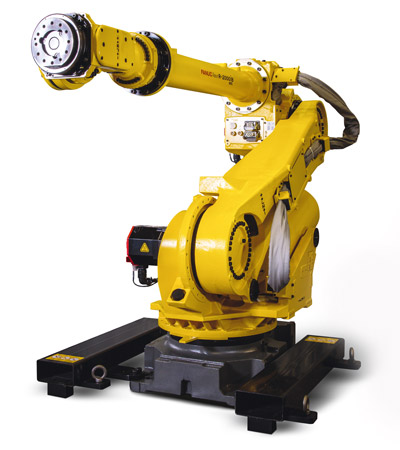
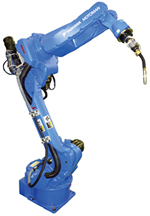
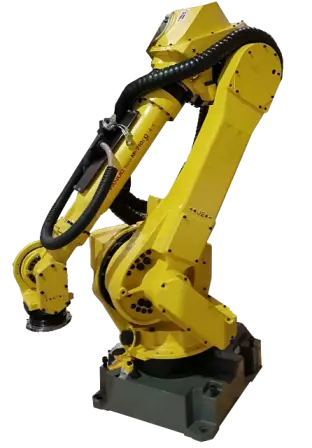
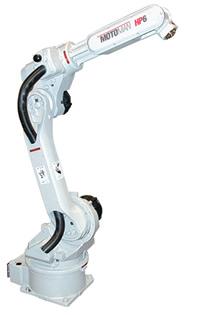
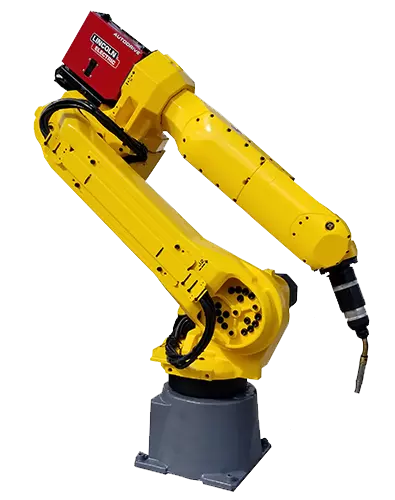
Industrial Robot Arm
Robots Done Right is the place to start when it comes to used robots. Contact us if you are interested in buying or selling your used robot.